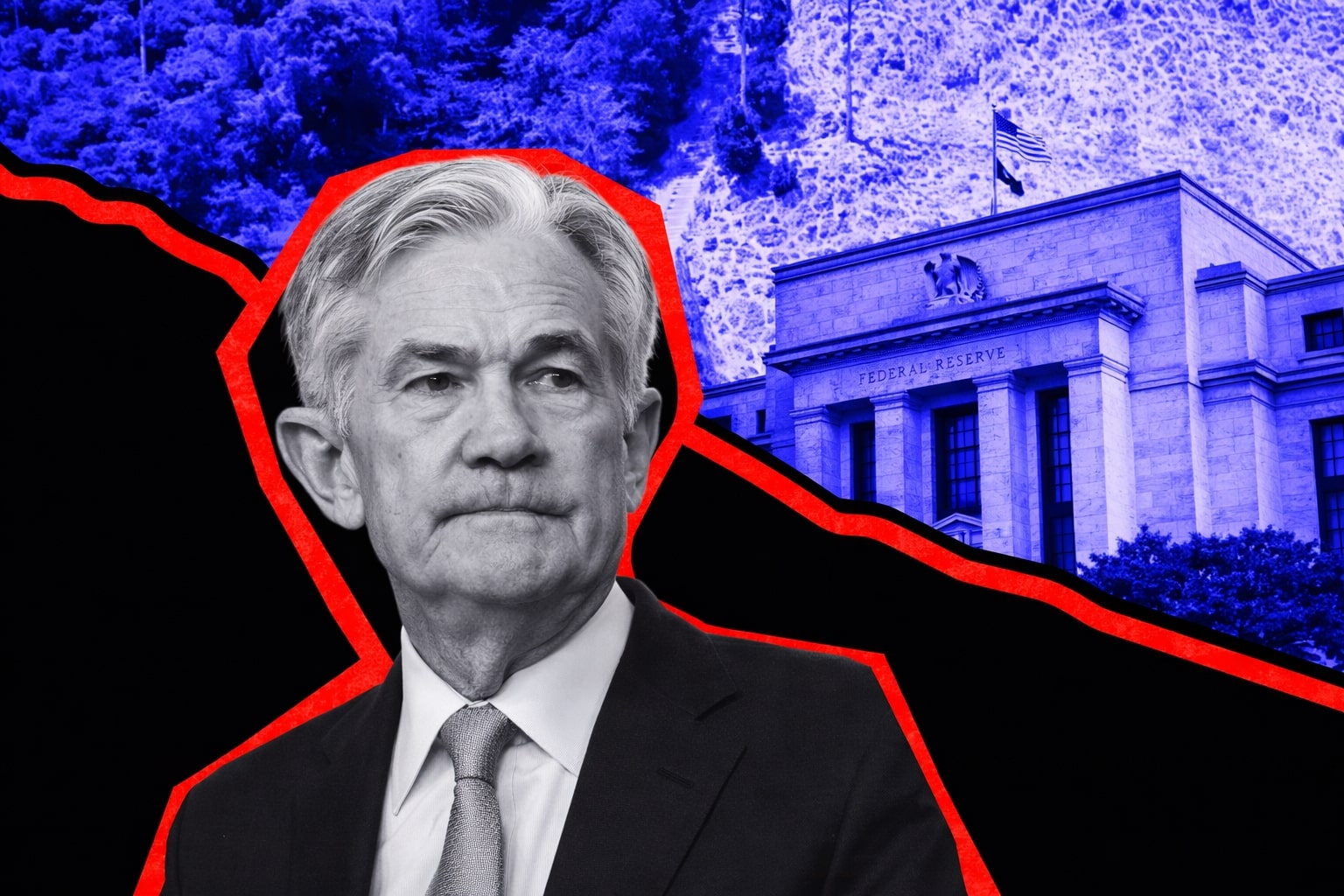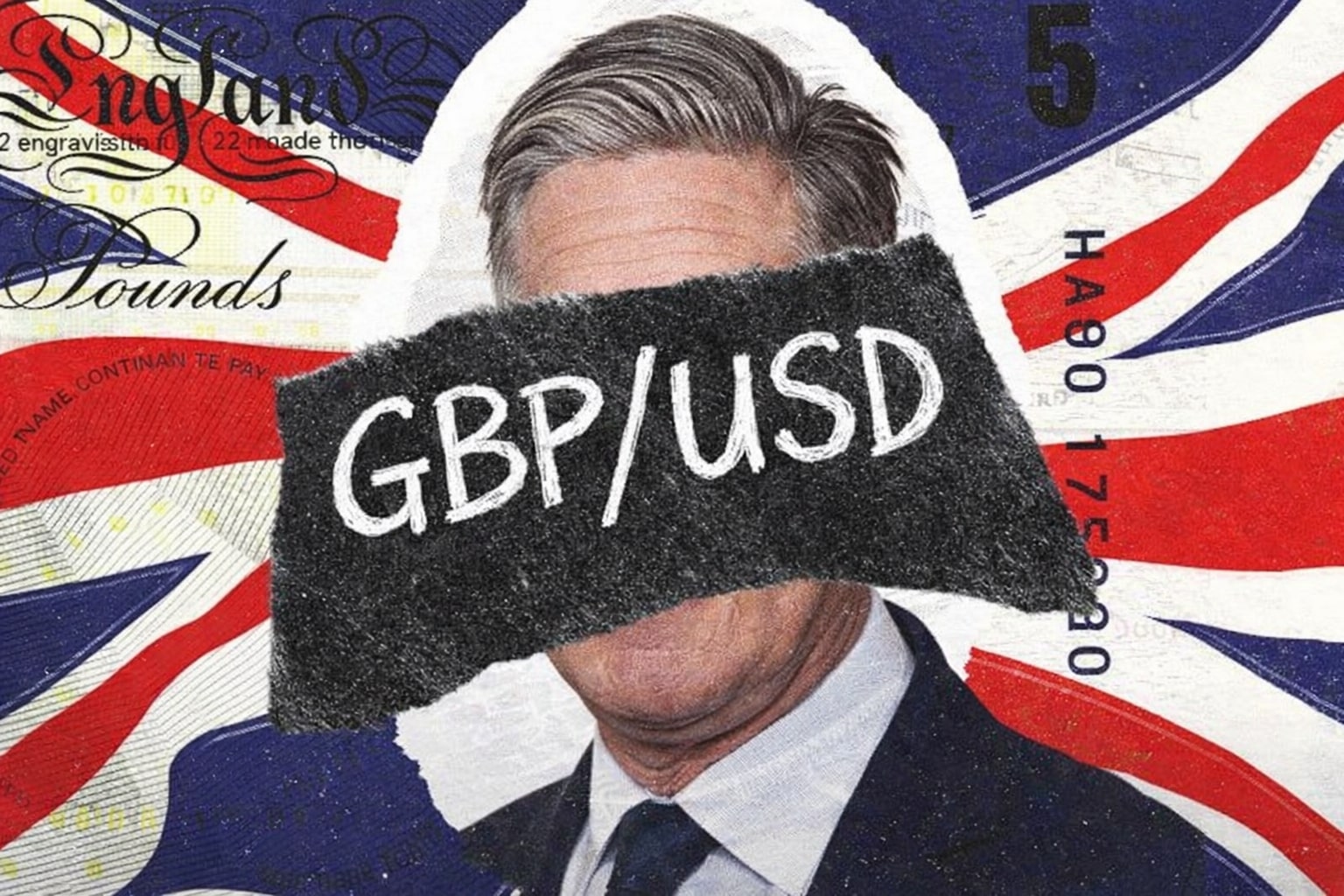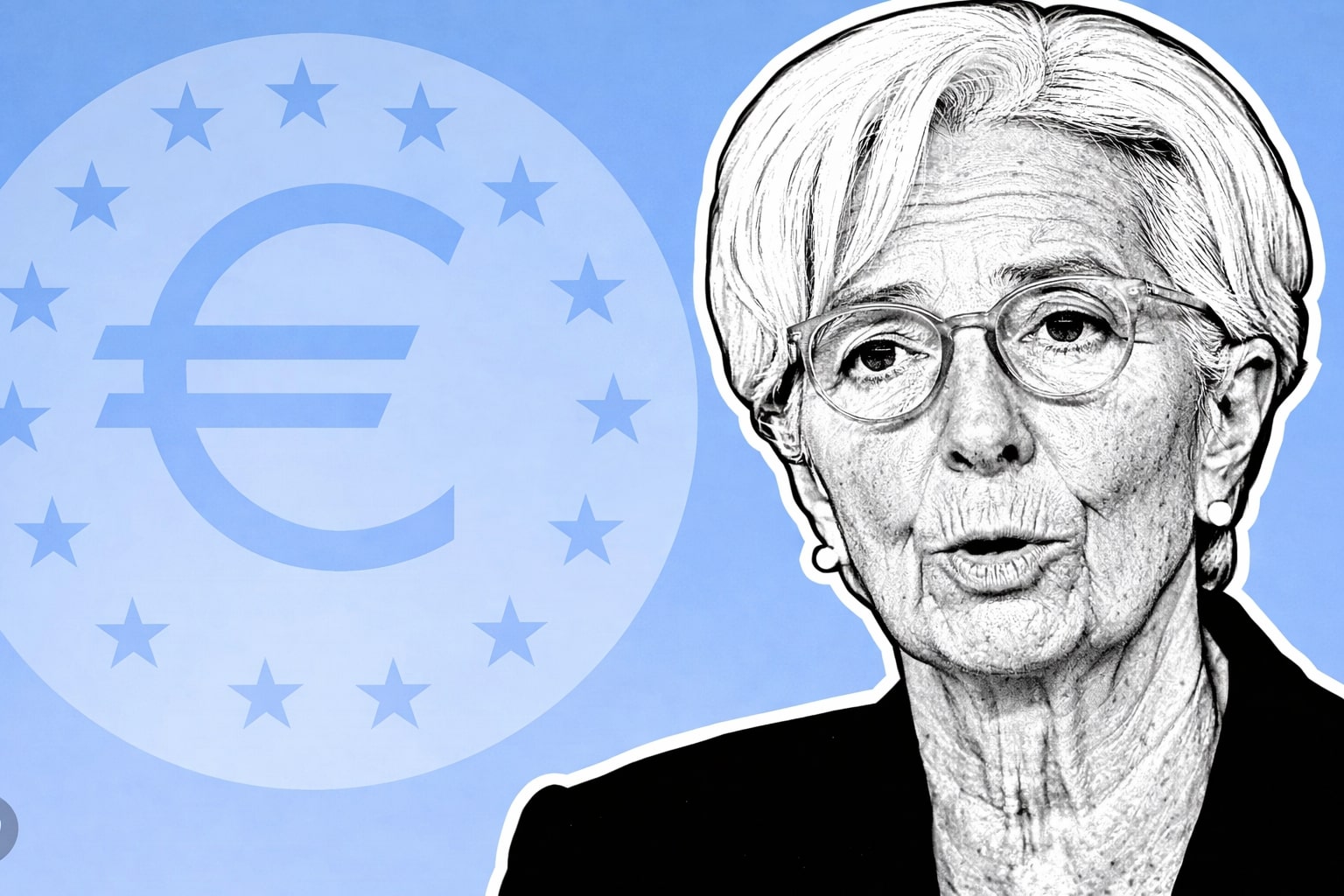EUR/USD Holds Above 1.1450 as Oil Shock, War Tension, and Fed Signals Create High-Stakes Range
EUR/USD (EUR/USD) Battles Directional Pressure from Iran Conflict and Fed Dissonance
The EUR/USD currency pair entered Monday trading near 1.1490, extending a four-session rebound while staying trapped below its technical ceiling near 1.1535–1.1555. This hesitation comes in the wake of the United States' direct military engagement with Iran, a campaign that included airstrikes on the Fordow nuclear facility and raised concerns of an expanded Middle East war. While the immediate retaliation from Iran has so far avoided American targets, missile launches against Israel and the parliamentary approval to close the Strait of Hormuz have kept the market on edge.
Tactically, the Euro remains fragile, even though it bounced off its recent floor at 1.1445—a level that reflects the June 19 low and the descending channel's bottom at 1.1420. This zone has proven structurally critical as downside momentum continues to build. A breakdown here would risk a cascade toward the 50-day EMA near 1.1314, with further downside opening to 1.1064 and 1.0778, both representing multi-month lows from April.
Despite the war premium, the dollar’s safe-haven bid hasn't overwhelmed all, as EUR/USD continues to hold its intermediate range. Monday’s price action has so far rejected a breakdown, holding within the parameters of a corrective bullish flag that could potentially retarget the 1.1630 June 12 high, and beyond that, 1.1700, the 127.2% Fibonacci extension of the June 10–12 rally.
Technical Structure: MACD Still Bullish but RSI Shows Hesitation
Technical indicators on the daily chart are flashing mixed signals. The 14-day Relative Strength Index (RSI) hovers just above 50, suggesting lingering bullish bias but fading momentum. The MACD lines remain in a bullish stance, although histogram strength is declining. A break above 1.1494—the nine-day EMA—would trigger renewed upside momentum and confirm resumption of the broader bullish pattern. Failing this, continued pressure below 1.1450 could reset the near-term tone.
Bulls are likely to challenge the 1.1545 resistance zone, a level that has rejected price twice this month. Above that, 1.1630 becomes the battleground, where upside acceleration can occur if confirmed by macroeconomic or geopolitical shifts.
PMI Readings in Eurozone and U.S. Fail to Deliver Clear Direction
While war risk sets the broader mood, Monday’s PMI readings from France, Germany, and the broader Eurozone added further layers of complexity to EUR/USD momentum. The Eurozone services PMI was stuck at 50.2, narrowly in expansion territory, while the manufacturing PMI disappointed at 49.4, flat from May and below the 49.8 consensus. This lack of forward movement reinforces the fragile nature of the Eurozone economy as energy costs surge due to the war premium.
In the United States, S&P Global’s preliminary PMIs were similarly uninspiring. While still above 50, which marks economic expansion, the data failed to erase concerns after recent disappointing U.S. figures. Markets now turn their attention to Fed Chair Powell’s Semiannual Monetary Policy Report to Congress, where traders hope for clarification following recent dovish commentary by Governor Christopher Waller, who proposed a rate cut as early as July.
Interest Rate Policy and Energy Price Shock Drive Opposing Forces
The Federal Reserve’s current rate stance at 4.50% has been maintained, but the internal divide is widening. The official dot plot projects two cuts in the second half of 2025, yet a growing minority of FOMC members argue for holding rates steady until late year-end. Governor Waller’s remarks have weakened the dollar marginally, but Powell’s upcoming testimony will define whether markets will price in a September rate cut with full conviction.
Rising oil prices, which opened the week near five-month highs, remain a heavy macro burden on Europe. With Brent crude nearing $95 and WTI breaking $90, the Eurozone—heavily reliant on external energy—faces compounded inflation risk, weighing down domestic purchasing power and clouding the ECB’s monetary path. Any retaliation by Iran that chokes off shipping in the Strait of Hormuz could send oil well above $100, triggering another leg lower for the Euro.
Currency Heatmap: Euro Leads vs NZD, But Lags USD and CHF
A closer look at currency performance shows that the Euro (EUR) outperformed the New Zealand Dollar (+1.12%) and Australian Dollar (+0.84%) on Monday, reflecting cautious preference for core currencies. However, EUR/USD remained negative on the day, slipping 0.06%, underperforming both the USD and CHF as geopolitical fears propped up haven demand.
These flows reflect cautious positioning rather than conviction. Traders are not abandoning the Euro wholesale, but the pair lacks momentum to break the 1.15 barrier sustainably. That ceiling has rejected upward moves repeatedly and remains the defining technical lid for medium-term bullish ambitions.
Banks Split: Danske Sees 1.20 Target, ING Warns 1.15 May Hold as Yearly Cap
Institutional views on EUR/USD remain divergent. Danske Bank maintains a 12-month target of 1.20, arguing that the Fed will eventually be forced into a deeper rate-cutting cycle and that capital may shift toward European assets as the energy crisis stabilizes.
Conversely, ING remains skeptical, stating that 1.15 may represent a ceiling, not a launchpad, as the existing USD risk premium already reflects downside pressures. ING also argues that any rally in the Euro may be constrained by continued energy fragility and a lack of political momentum behind the ECB’s “global euro” thesis.
BNP Paribas remains tactically bullish on EUR/USD, keeping short-USD exposure via the Euro while acknowledging that capital outflows from the U.S. have been less aggressive than anticipated. Meanwhile, Goldman Sachs is split, stating that while dollar depreciation is plausible, markets now perceive two-way risk, and overextension may already be in play.
Geopolitics and Macro Instability Anchor EUR/USD Near 1.1450–1.1500 Zone
Risk appetite remains tethered to the trajectory of the Iranian conflict. With U.S. B2 bombers deployed, and Tehran threatening oil chokepoints, volatility will remain elevated. While oil strength may hurt the Euro directly, fear-driven flows into Treasuries and the dollar may also distort usual correlations.
So far, traders appear to expect limited escalation, but Iran’s next steps are pivotal. Any direct attack on U.S. forces or shipping lanes would send EUR/USD lower, potentially breaking 1.1420, and shifting sentiment to a bearish regime.
At the same time, if Powell delivers dovish signals and risk sentiment firms, a renewed attempt on 1.1545 and 1.1630 is back in play. Bulls will require strong macro justification or resolution of geopolitical tension to confidently push past the 1.1700 Fibonacci extension, which remains the stretch target for the current bullish structure.
Trading Signals: Buy from 1.1370, Sell from 1.1630, But Caution Reigns
Signal models suggest tactical positioning remains skewed. Long entries are advised near 1.1370, targeting 1.1520, with stop-loss at 1.1260. Short trades become attractive at 1.1630, targeting 1.1300, with risk defined at 1.1700. This band reflects the high-conviction range for the coming sessions unless a breakout catalyst emerges.
Despite the multi-session advance, traders are warned not to chase upside blindly. Sentiment remains hostage to war headlines, central bank jawboning, and inflation shocks. The technical and macro picture calls for extreme selectivity, not directional conviction.
EUR/USD Verdict: Hold with Bearish Tilt Under 1.1555, Geopolitical Risk Key Trigger
With EUR/USD hovering near 1.1490, the balance of power is unclear. Bulls are losing grip as technical rejection near 1.1555 persists and rising oil prices threaten Eurozone stability. The MACD remains supportive but is weakening, while RSI signals diminishing buying pressure.
Unless Powell signals aggressive dovishness or Iran pulls back militarily, upside is likely capped. Any escalation could slam the pair into a bearish breakdown. Traders should prepare for heightened volatility, and position with strict stops until clarity emerges.
At current levels, the bias shifts to Hold with a short-term bearish tilt, pending further data and Middle East developments. A clean break above 1.1555 shifts the bias bullish; below 1.1420, the path opens toward 1.1314 and potentially 1.1064. The Euro is not collapsing, but the path forward is now clouded by smoke, oil, and central bank spin.




















